The answer is that there is not enough information in the question to decide between the two possibilities.
If you assume that \$\overline{A}\$ is generated by an inverter fed from \$A\$, that the gates have the same propogation delay as each other and the same propagation delay under all conditions then your teacher is right.
When \$A\$ goes from 0 to 1, \$A\$ and \$\overline{A}\$ will both briefly be 1 at the same time, the output of the first level gates will therefore always contain at least one zero and there will be no glitch in the final output.
On the other hand when A goes from 1 to 0, \$A\$ and \$\overline{A}\$ will both briefly be 0 at the same time causing all three of the first stage gates to briefly output a 1 at the same time causing a glitch in the final output.
But those are IMO unwarranted assumptions. Propagation delays vary between gates, between different inputs on the same gate and with the direction of the transition. Depending on how other logic in the system is designed \$A\$ may in fact be generated from \$\overline{A}\$ rather than vice versa.
In the more general case where signals arriving on different paths could arrive in any order there could be a glitch in either direction (or if you get really unlucky a glitch in both directions).

